Control FOD to Prevent Aircraft Wildlife Strikes
Wildlife poses a great danger to aircraft, as collisions with birds and other animals can cause crippling damage to the engines and other components...
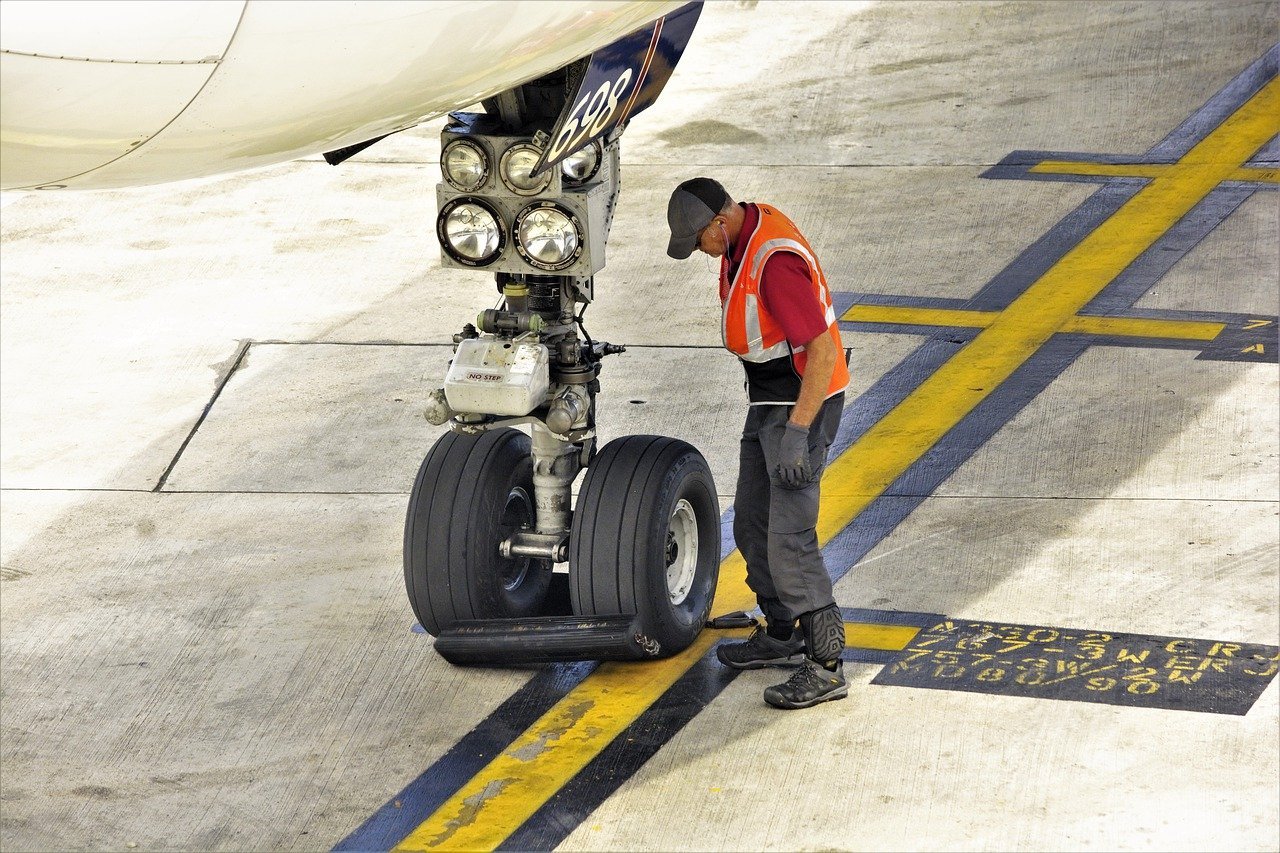
Aircraft inspections are an FAA requirement, and are the responsibility of every person who owns or operates aircraft. These inspections preserve the safety of passengers and air and ground crews, lengthen aircraft life, and keep repair costs down.
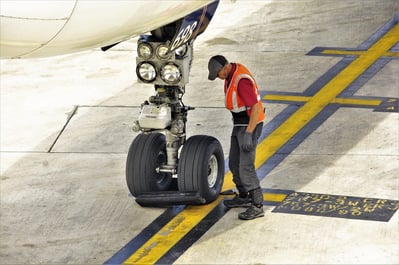
Inspections of aircraft occur annually, every 100 hours, progressively and pre-flight..
The aircraft annual inspection is required, and a mechanic with inspection authorization must sign off on it. There are several areas of focus:
The annual inspection applies only to certain aircraft, such as those with a special flight permit or experimental certificate.
Aircraft-for-hire that carry passengers other than crew are subject to the 100-hour inspection. The entails the removal of an aircraft’s struts, fabric of fuselage, brakes, cabins, and cargo, as well as:
This inspection must be completed by an airframe and powerplant (A&P) mechanic.
The schedule of progressive inspections are determined by aircraft owners, so only select owners qualify to perform them.
Items checked during progressive inspections are the same as those checked in the 100-hour inspection. However, the progressive inspection is typically completed in 25-hour intervals.
A regular and routine inspection for all aircraft is the preflight inspection. This final check ensures the general integrity of aircraft, that all required documents are on board, and that the runway is clear.
The cabin is inspected during preflight for:
The exterior is also inspected to ensure nothing was missed or became damaged since the last inspection. Several items must be checked, including
One incredibly important item to include in any preflight check is for FOD, or foreign object debris such as nuts, bolts, and rivets that may be on the runway, under tires, or in areas located near the aircraft.
Once found, FOD must be safely and completely removed. Otherwise, this debris can cause major damage to aircraft and personnel when projected off the ground or into engines. An essential component of any foreign object debris prevention program for the wider airfield operations should be a sweeper system that allows for reliable debris removal.
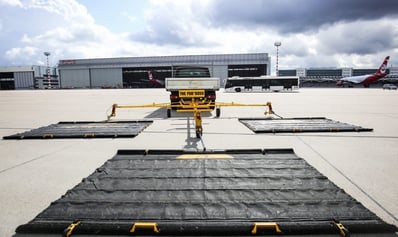
The FOD*BOSS from Aerosweep has been tested by the U.S. Military, is NATO-listed and used by every major airport, airline and air force around the world. Our low-impact, high-performance sweeper systems include our patented Debris Retention Blade, which securely traps nuts, bolts, and screws etc. until the unit is opened and emptied.
Learn more about why the FOD*BOSS remains the best sweeper in the industry. Visit us online or contact us today.
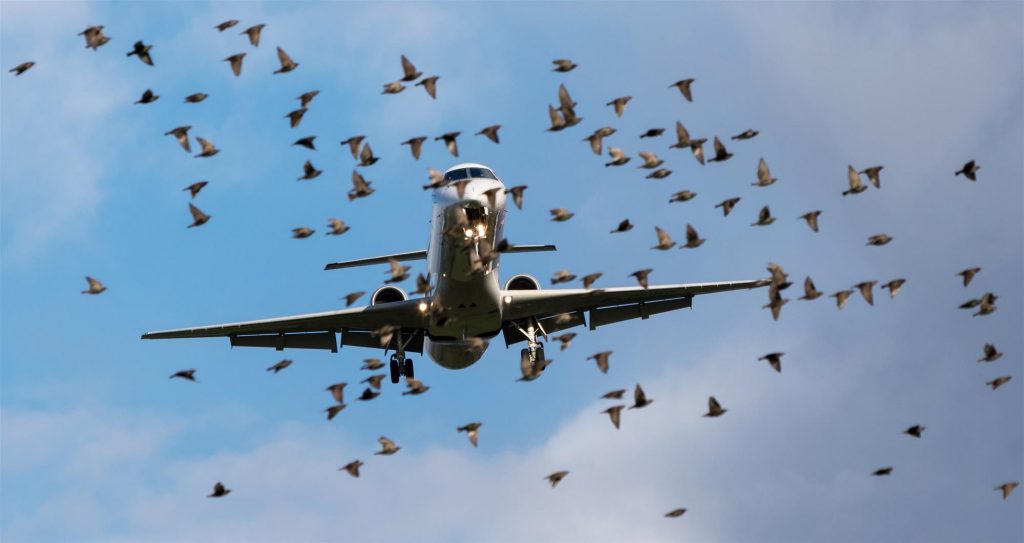
Wildlife poses a great danger to aircraft, as collisions with birds and other animals can cause crippling damage to the engines and other components...
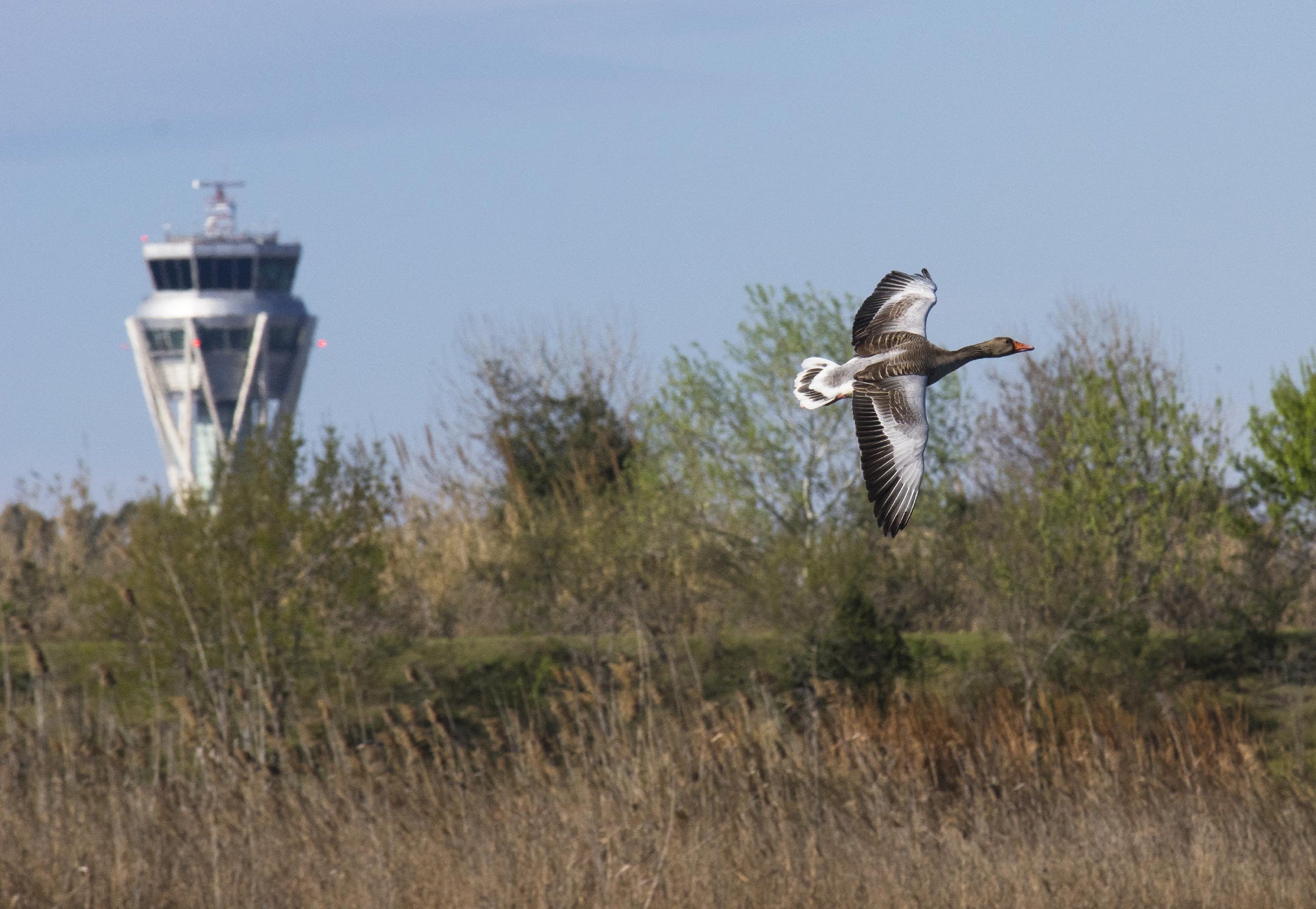
Wildlife strikes on the ground and in the air are an ever-present threat to airfield personnel. These animal/aircraft collisions can occur at any...
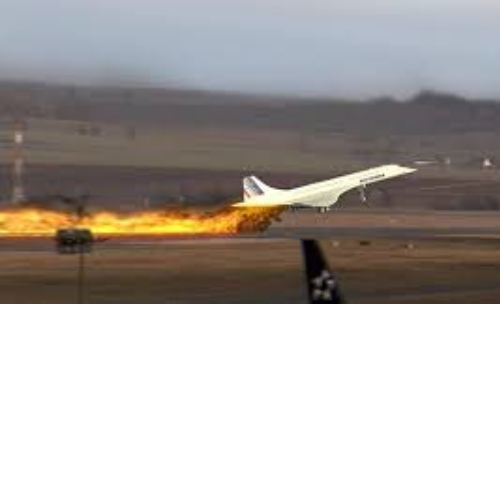
Airfields are a critical part of the aviation industry, and ensuring they are as safe as possible is essential. One of the most effective ways to do...